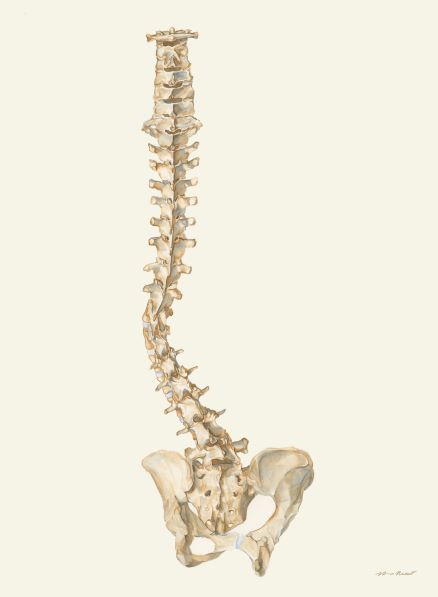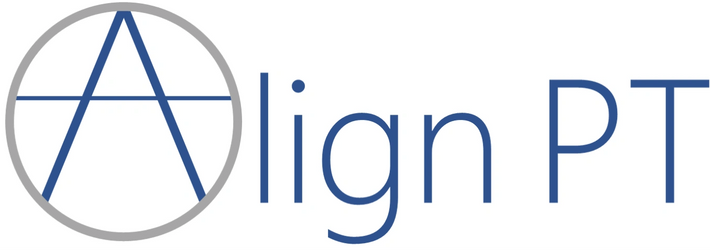Scoliosis is a complex 3-dimensional condition of the spine and trunk in otherwise healthy individuals that can be progressive.
SCOLIOSIS
What Is Scoliosis?
Scoliosis is often initially diagnosed when a patient enters adolescence but can start at a younger age (infantile or juvenile scoliosis). When the curvature initiates or becomes evident as the patient goes through puberty, it is called Adolescent Idiopathic Scoliosis, or AIS.
It is not well understood what causes scoliosis to initiate. Research suggests it is multifactorial and can be related to genetic factors, family history, and joint mobility/connective tissue. It tends to be more common in girls than in boys and affects approximately 3% of the population. Scoliosis can progress (worsen) during rapid periods of growth.
We can measure scoliosis curves to determine how big or small they are. We use degrees to define objectively how big or small a curve is. The larger the number of degrees, the greater the magnitude of the curve. The scoliosis curve measurement in degrees is called a “Cobb angle.” We can also measure the amount of rotation that is present with scoliosis curves using the x-ray, or we can measure the angle of trunk rotation (ATR) if the patient is in the clinic. This can be done painlessly using a scoliometer. Both the Cobb angle and the ATR are important measurements to determine scoliosis severity and prognosis.
Adolescents with Scoliosis Become Adults with Scoliosis
Did you know that scoliosis doesn’t stop being a problem when you stop growing?
As you age, a history of scoliosis can cause pain and poor posture throughout the lifespan – especially when you add degenerative changes that occur over time. Come see how Align Physical Therapy can help you manage your scoliosis, no matter your age!
What Do Spines With Scoliosis Look Like?




Scoliosis can present in different ways but typically it looks like one of these patterns. A physical therapist who is a scoliosis specialist can look at your x-ray and how your body moves to classify your scoliosis curve type – this classification guides the treatment strategy.
How Does Scoliosis Start and Get Worse?
When a child or teen grows, they may not grow symmetrically. This is normal! Often growth will occur in one bone (leg, foot, etc) and then the other side will catch up. This happens in your long bones (arms and legs) and in your other bones like your vertebrae bones (spine bones) and pelvis. What isn’t normal is when a bone grows longer or taller on one side, but the other side fails to catch up for a while. In the spine bones, if one side of the bone grows taller, but the other side stays short for a time, this can create a bone shaped like a trapezoid or wedge (abnormal – orange) instead of a rectangle (normal – blue).


Scoliosis is 3-Dimensional
The bony changes that are occurring are not limited to the wedging on the side of the spine bones. There are also bony changes that affect the shape of the bone from front to back. There is an increase in growth on the front of the bone relative to the back, causing the bone to be taller on the front than the back. This is why many patients with scoliosis have flattening in their midback (area between the shoulder blades).
This wedge or trapezoid-shaped bone causes the other bones to shift out of their normal alignment (in the middle of the spinal column) to a location outside of the middle of the spinal column. This creates the scoliosis curves we see on x-ray. Now, as this individual is going through their day, gravity is pulling on their spine asymmetrically. Over time, there is an increase in compression on the concave side (left in this example) and an increase in tension on the convex side (right in this example). The compression on the concave side makes that side want to collapse more. The tension on the convex side can contribute to increased bony growth on that side (yellow) – causing increased asymmetries, and thus, causing the scoliosis to worsen. These forces can act on the bones and cause the scoliosis to worsen as long as the patient is growing.
The combination of changes in shape of the spine bones from front-to-back and from side-to-side, together, causes the bone to be wedged (or taller) on the front of the bone, and one of the sides. If you stack bones that are shaped in this way on top of one another, you start to see the rotational component inherent to scoliosis. This can be challenging to understand because our main way of visualizing scoliosis is with an x-ray. The x-ray only shows the spine in 2-dimensions. So, while a trained professional can spot the signs of rotation (and we can point these out to you!), to the untrained eye, the spine looks to be simply bent like a “C” or an “S.” In reality, the spine is bending and twisting. Scoliosis is a 3-dimensional, rotational problem.

Take this x-ray for example. The spine is bent like an “S” and the top curve is to the right and the bottom curve is to the left. The top curve is not only bent to the right, it is also twisting backwards on the right. As the spine curves, it pulls the ribcage with it. This person’s ribs will be rotated backwards in their right upper back and if they bend forward and you look at their back, you might notice the ribs on the right are higher than the ribs on the left. Also, when upright, this person’s right shoulder will likely be more forward than the left shoulder. These body changes occur because of the 3-dimensional nature of scoliosis.
Can Scoliosis Worsen After Growth Is Complete?
Yes! If your growth is complete, your growth plates are closed so your bones can no longer grow more asymmetrically. However, scoliosis can still worsen once growth is complete. Scoliosis can be progressive in nature – meaning over time, with gravity, the curve can worsen due to the asymmetries, poor posture, muscle weakness, increased mobility in the joints, arthritis, hormone changes, and body mechanics. It is generally expected that scoliosis curves worsen by 1º every year as adults.
Can Scoliosis Be Treated?
Yes! But not all “treatment” for scoliosis is equivalent – and not all “treatment” is effective. Traditional physical therapy has not been shown to be effective for patients with scoliosis. However, scoliosis specific physical therapy (PSSE) exercises have been shown to be effective; and these specialized types of exercises are backed by over 100 years of implementation and high-quality research studies. It takes a trained scoliosis specialist to teach scoliosis specific exercises. A physical therapist without this additional training is not able to teach these exercises in the same way that a spine surgeon wouldn’t operate on your knee, and you wouldn’t go to an orthopedic doctor to manage a heart condition. Scoliosis is a complex condition that requires additional training to safely and effectively manage.
At Align Physical Therapy, over 95% of our caseload is patients with scoliosis or kyphosis. We treat patients with scoliosis from 4 years old to octogenarians. We understand how scoliosis can be well managed across the lifespan. Patients travel from all over the country (and even a few other countries!) to seek the highly specialized treatment we can provide.
WANT TO LEARN MORE?
For more information about Physiotherapeutic Scoliosis Specific Exercises (PSSE) like the Schroth Method and BSPTS Rigo Concept and how this type of physical therapy is very different from standard physical therapy, click here.
For more information about the research that supports the use of PSSE, click here.
